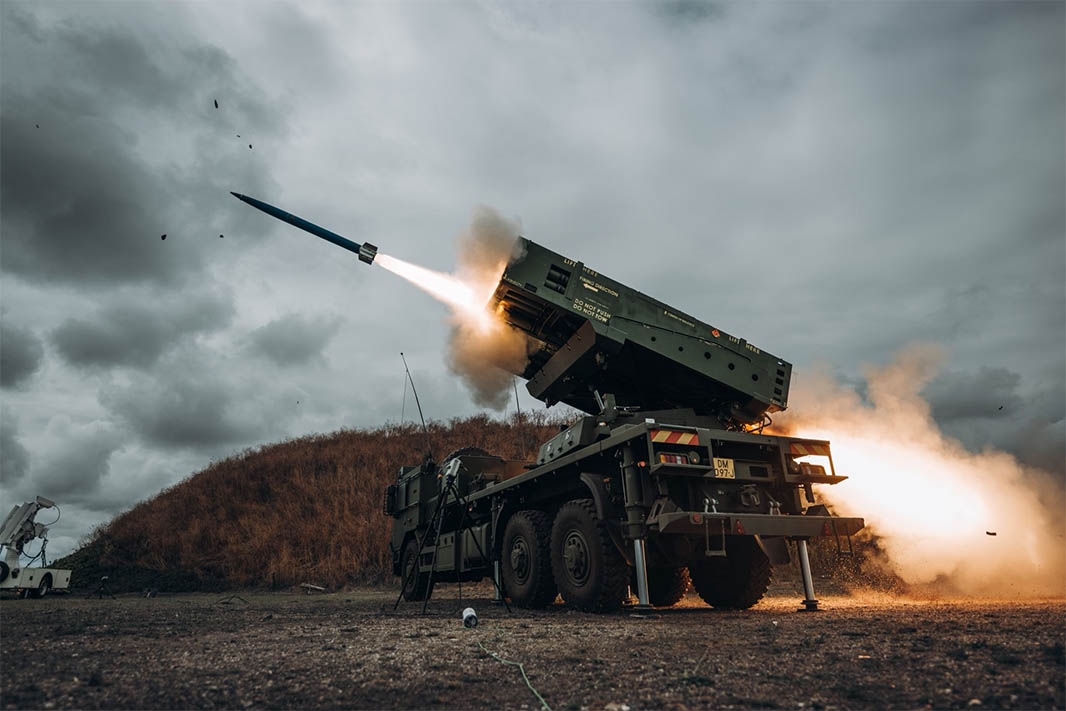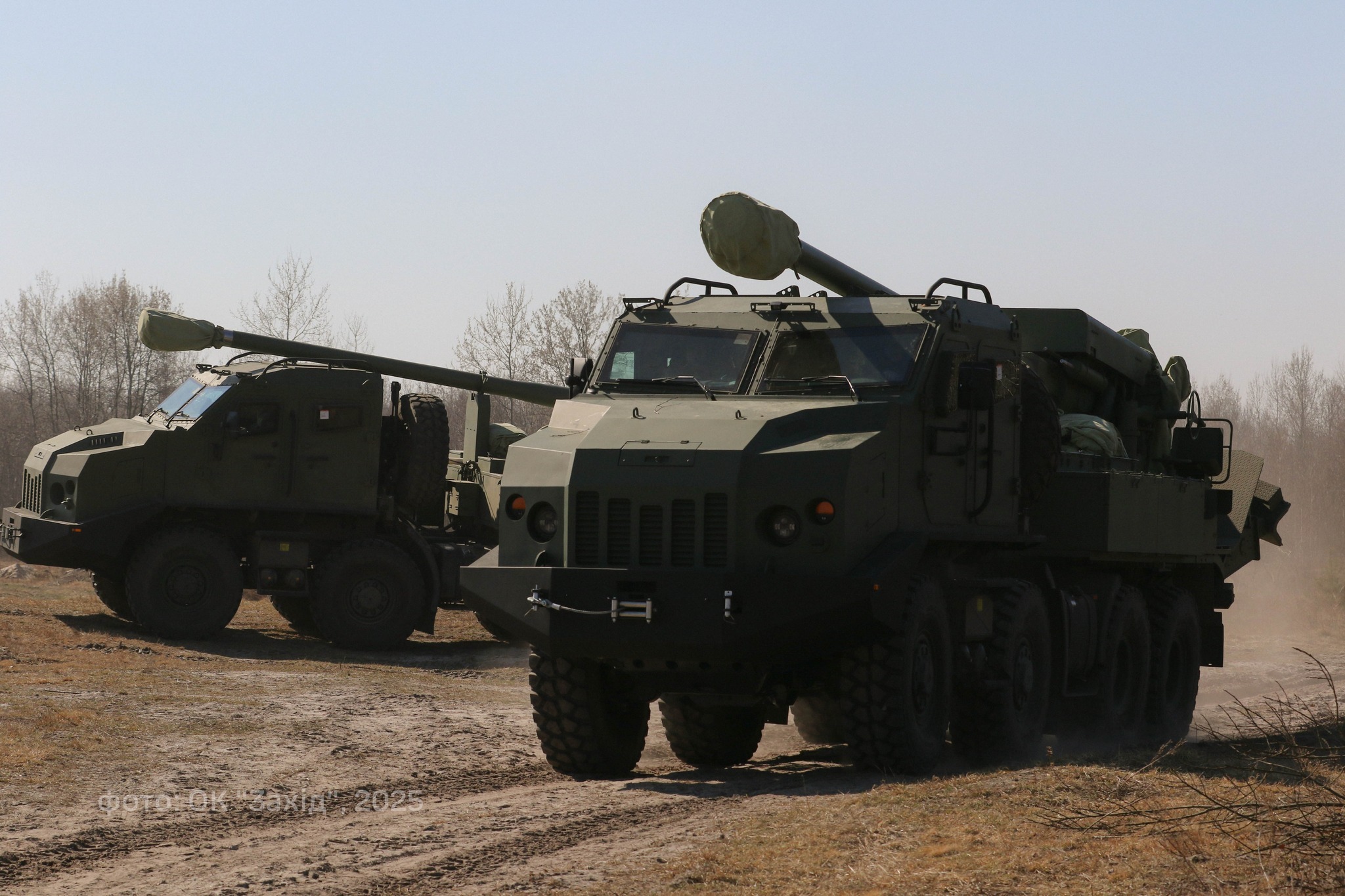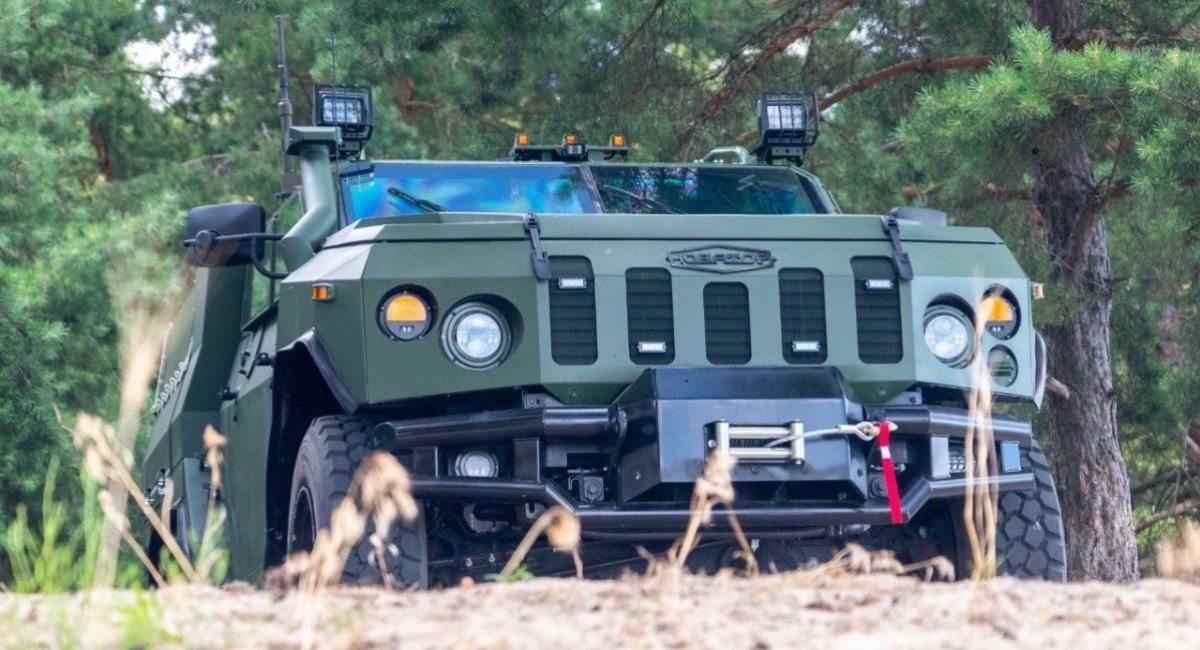- Reaction score
- 11,966
- Points
- 1,160
And the Aussies have re-introduced Siege Batteries


 thedefensepost.com
thedefensepost.com

 thedefensepost.com
thedefensepost.com


"Another" would indicated there had been at least one before this, but . . .
AM General said that its contract with Kosovo marks the first sale of the HUMVEE Hawkeye since its inception.
"Another" would indicated there had been at least one before this, but . . .
It doesn't say how many they are buying but based on the fact they currently have only mortars for their three infantry regiments, I'd guess one 18-gun battalion at best.




 euro-sd.com
euro-sd.com

Unless significant improvement has been made, I'd not want Hawkeye on its own. It has significant issues with the suspension system as a result if the recoil from the 105


Ukraine is also now locally producing 105mm copies of the L118/119 showing that they value the 105mm still despite the shorter range.Homegrown solutions for Ukraine

New Ukrainian 155-mm Trailed Howitzer Marta with a 39-Caliber Barrel is Being Tested - Militarnyi
The Ukrainian Defense Forces are developing a new 155-mm trailed howitzer Marta with a barrel length of 39 caliber.militarnyi.com

Ukrainian 155-mm Bohdana Artillery Systems Make Up 40% of Ukrainian Artillery at Frontline - Militarnyi
Domestic 155-mm Bohdana artillery systems account for 40% of all artillery used by the Armed Forces of Ukraine at the frontline.militarnyi.com
UKrainian knockoffs of the L52 CAESAR and the L39 M777.
Apparently the L52 M777 is not a favourite, it being harder to handle.
So it appears that the Ukrainians are prioritising simplicity and durability. CAESAR and M777 are sufficiently survivable with the right tactics.


